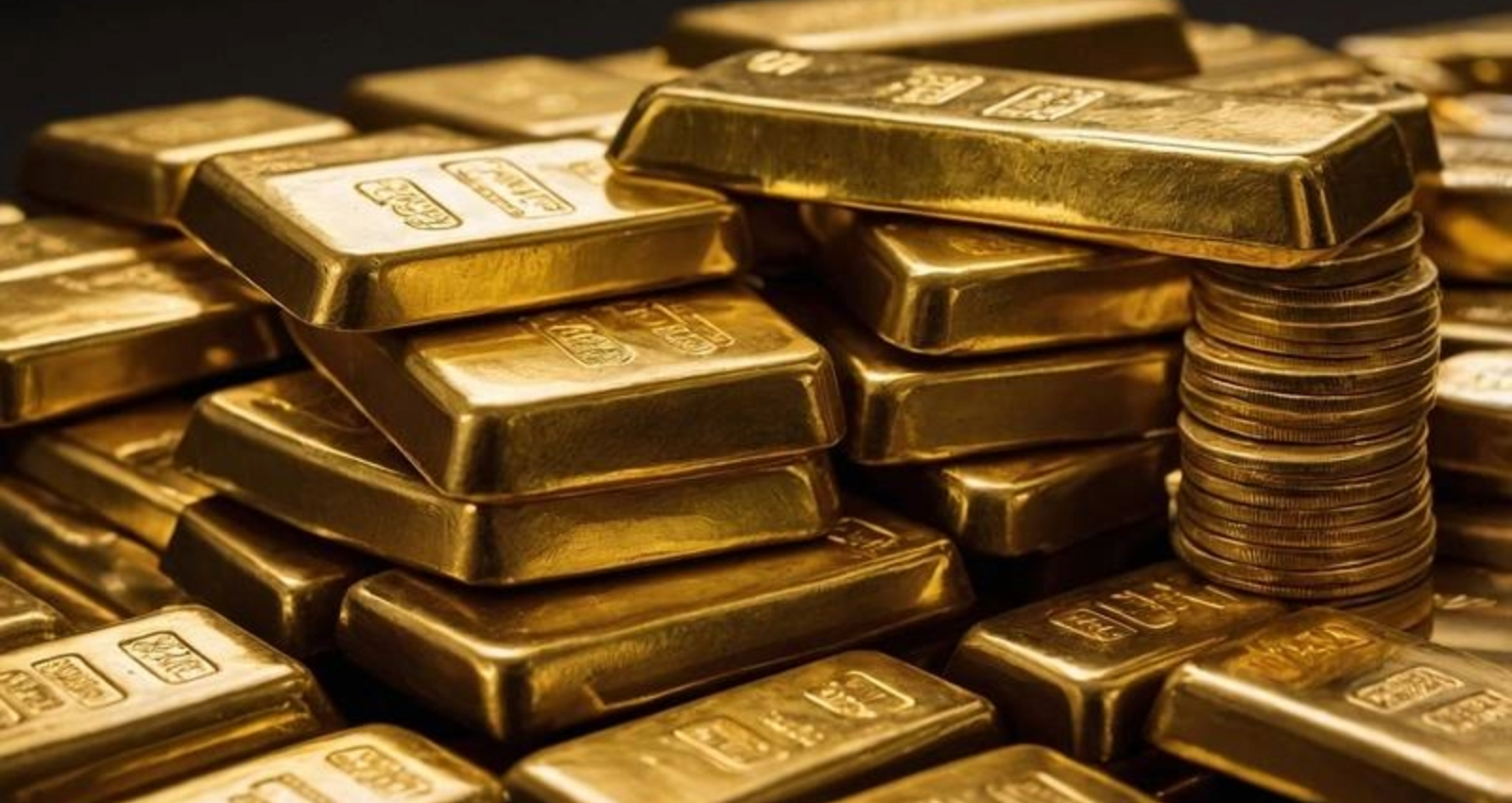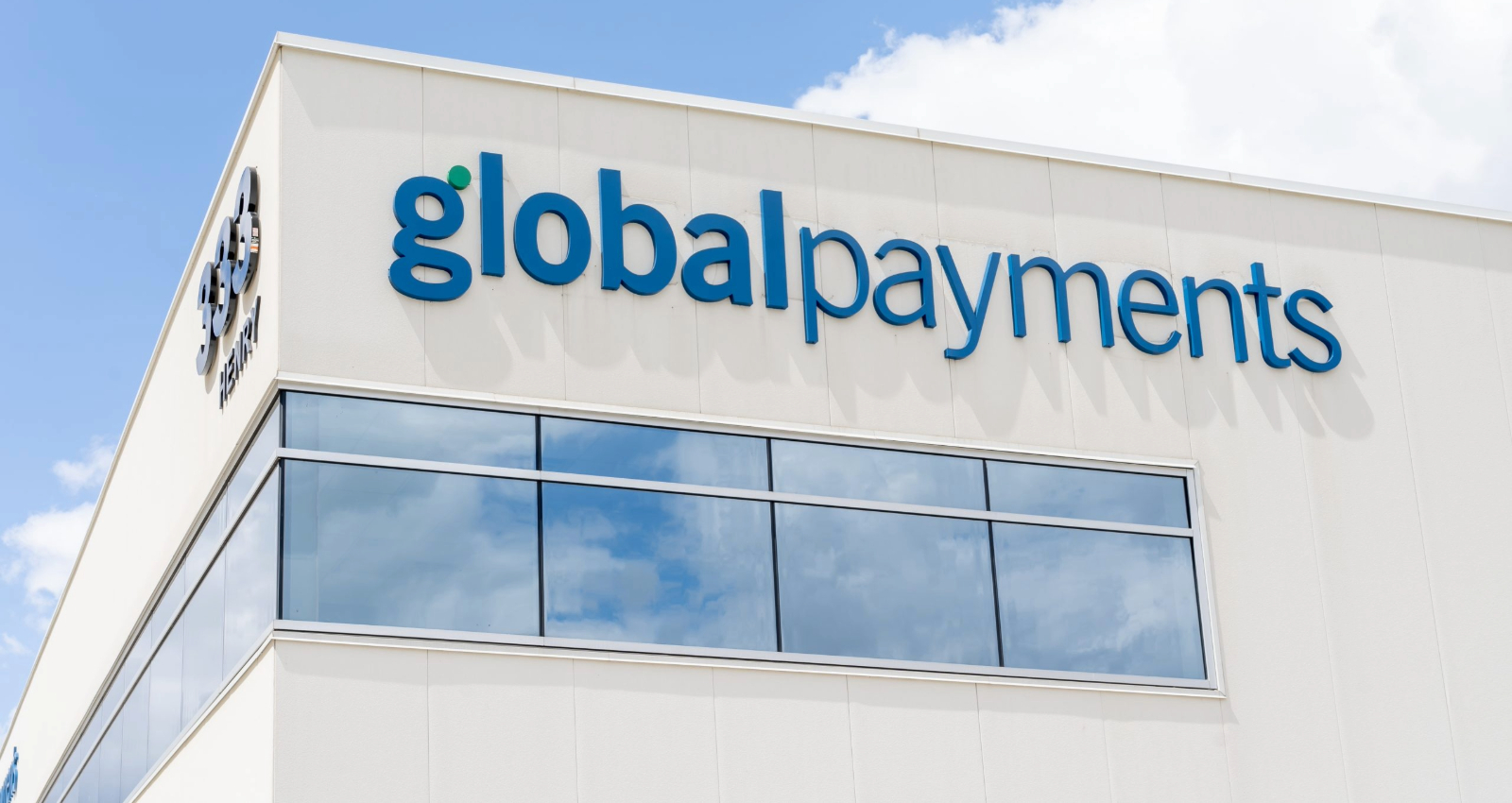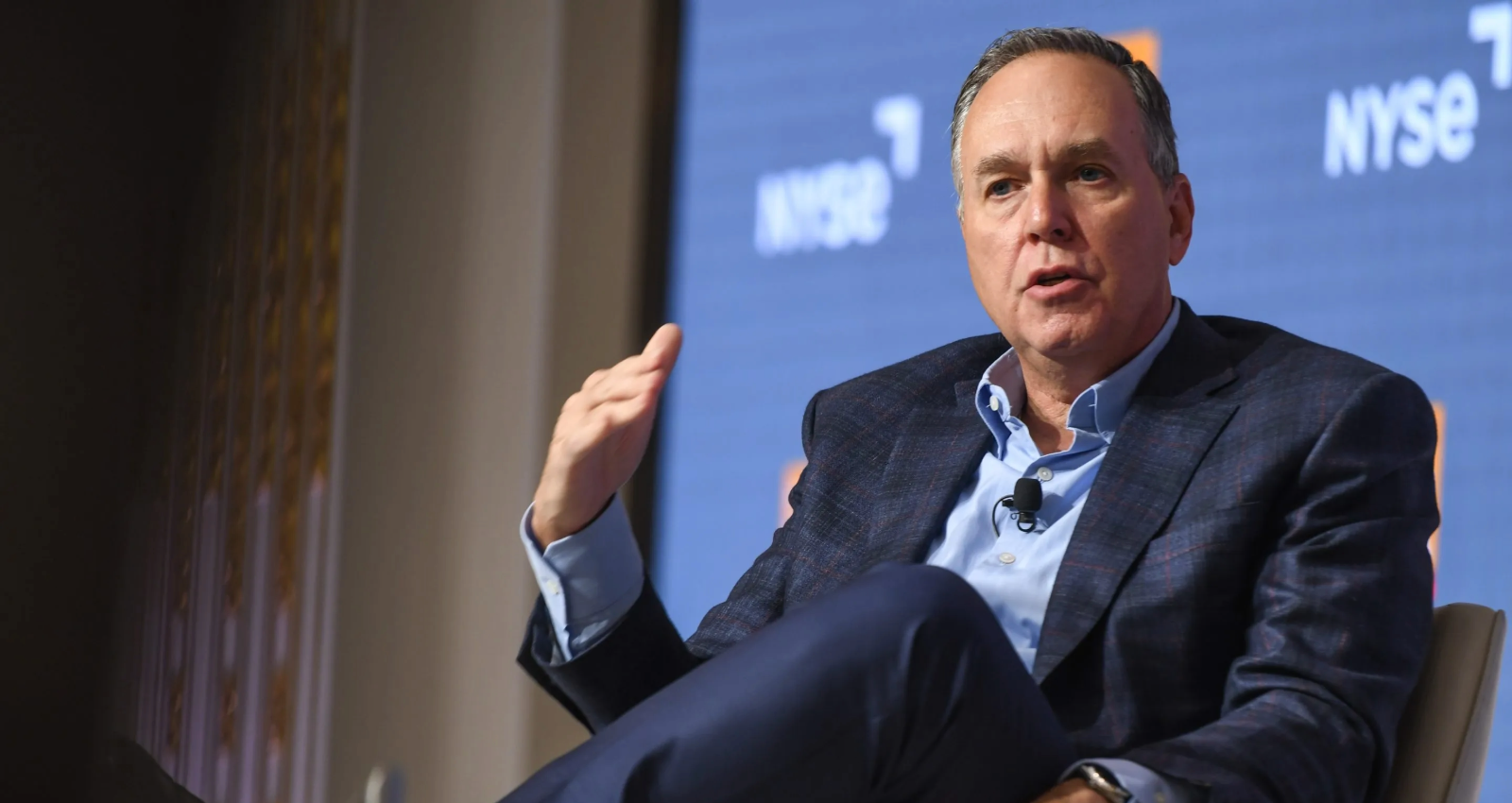- May 14, 2025
Gold Price Soared Past $3,300 as Markets Worry Over Tariff Turbulence

Gold price just hit a record high, and investors are betting that the rally has just begun.
Spot prices for the yellow metal surged to $3,332.89 per ounce, notching yet another all-time high. The jump reflects growing unease over U.S. tariff policy, a weakening dollar, and broader fears of a global economic slowdown. In under a week, the gold price climbed by $100 an ounce. So far this year, it’s up more than 18%.
The surge has made it one of the top-performing assets in 2025, easily outpacing major equity indices, which have been under pressure since January.
Flight to Safety Fuels the Rally
Investors are shifting capital into gold amid growing anxiety around Washington’s tariff strategy. President Donald Trump’s latest move, an extended investigation into critical mineral imports, has reignited fears of a deepening trade war with China. That uncertainty has rattled stock markets and driven bond yields lower, reinforcing gold’s appeal as a safe-haven asset.
The dollar is also under pressure, hovering near a three-year low. That’s made it even more attractive to overseas buyers.
“Gold remains heavily supported by a broadly weaker dollar, uncertainty around tariff announcements, and fears about a global recession,” said FXTM senior research analyst, Lukman Otunuga.
At the same time, falling Treasury yields have eroded the appeal of interest-bearing assets. The benchmark 10-year note is now trading below 4%, down sharply from earlier in the year. That has boosted non-yielding assets like gold, which thrive in low-rate environments.
Market Conditions Favor Gold Price Momentum
Federal Reserve Chair Jerome Powell acknowledged that the U.S. economy appears to be slowing. Consumer spending is cooling, and business sentiment has dipped. The rush to import goods ahead of new tariffs could also distort GDP data for the second quarter.
These conditions are setting the stage for a softening macro outlook. Goldman Sachs now expects prices to hover around $3,300 per ounce by year-end, up from previous estimates in the $3,100 range.
Spot gold price climbed 3.1% to $3,327.97 after earlier reaching $3,332.89. U.S. gold price futures settled at $3,324.50, a 3.3% gain.
Since the start of the year, the gold price has risen nearly $700 per ounce. Analysts say this is driven by a rare combination of factors: slowing growth, a weakening dollar, central bank accumulation, and geopolitical instability.
“The rally has become a bit unhinged, leaving it at risk of corrections,” said Ole Hansen, head of commodity strategy at Saxo Bank. “However, we have for more than a year now seen corrections to be shallow, with underlying bids waiting on any setbacks.”
Stocks Sink, Gold Shines
The contrast with equities is stark. U.S. markets have faced a broad correction, weighed down by trade tensions and slowing global growth. Investors have trimmed exposure to risk assets and rotated into metals.
“While stocks falter, gold continues to shine,” wrote Daniela Sabin Hathorn, senior market analyst at Capital.com. “The metal’s status as a safe haven has been reinforced by tightening financial conditions, falling bond yields, and a weaker US dollar.”
Technical traders now see $3,400 and even $3,500 as psychological targets. But some analysts warn the metal may be overbought. A potential breakthrough in U.S.-China trade talks could temper gold price momentum, especially if equities stage a recovery.
Others remain more skeptical. Morningstar analyst Jon Mills told Business Insider that structural headwinds could drive prices lower in the medium term. “We could see gold retreat to the $1,820 level in the coming years,” he said.
But few expect that to happen this quarter.
Other Metals Move, Too
It’s not just the gold price that is changing. Tariff tremors are reshaping demand across the metals complex, too.
Silver rose 1.7% to $32.85 an ounce, while platinum gained 0.8% to $967.45. Palladium slipped 0.1% to $970.42. Meanwhile, copper, often seen as a bellwether for industrial demand, has retreated after a recent nine-month high. The April tariff schedule is expected to dampen global trade activity and drag on industrial commodities.
According to ING analysts, copper and aluminum are particularly sensitive to tariffs and could see downside risk if global manufacturing weakens further.For now, gold is taking the center stage and looking more resilient by the day.








